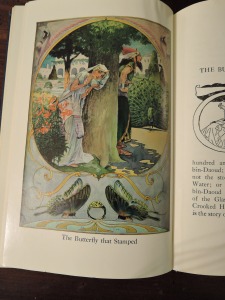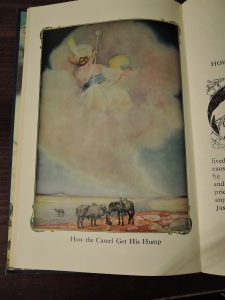It’s the last weekday of 2016. I’m spending the day getting prepped for 2017 – reorganizing homeschool stuff, resetting our family budget, and much more entertaining, setting up my reading challenges for the year!
Below is my plan for the Back to the Classics Challenge, hosted by Books and Chocolate. In 2016 I completed 9 categories; this year I’m aiming for all 12. We don’t have anything major planned for the year so I should be able to do it… right? I created a simple checklist that I printed and punched for my day planner to track this challenge. If you would find that useful, it’s available on dropbox: https://www.dropbox.com/s/etig93atotr1933/Back%20to%20the%20Classics%202017.docx?dl=0
In addition, I’m doing the Christian Reading Challenge hosted by Tim Challies. I like the idea of diversifying my reading in addition to reading classics. I’m aiming for somewhere between the Light and Avid plans. I don’t want to rush through books; I want to savor them and be changed by them. Completing wo books a week would definitely require rushing in my life.
Back to the Classics 2017 PLAN (Written in pencil. Blanks will be filled as others start linking up. I need ideas!)
1. A 19th Century Classic – The Adventures of Tom Sawyer, Mark Twain https://gabisunshine.wordpress.com/2017/03/08/book-review-the-adventures-of-tom-sawyer/
2. A 20th Century Classic – Their Eyes were Watching God, Zora Neale Hurston (1937) https://gabisunshine.wordpress.com/2017/07/05/book-review-their-eyes-were-watching-god/
3. A classic by a woman author. A Tree Grows in Brooklyn, Betty Smith (1943) https://gabisunshine.wordpress.com/2017/05/30/book-review-a-tree-grows-in-brooklyn/
4. A classic in translation.
5. A classic published before 1800. Beowulf (Old English)
6. An romance classic. Miss Mackenzie, Anthony Trollope (1865) https://gabisunshine.wordpress.com/2017/03/19/book-review-miss-mackenzie/
7. A Gothic or horror classic. The Mysteries of Udolpho, Ann Radcliffe (1794) https://gabisunshine.wordpress.com/2017/02/26/book-review-the-mysteries-of-udolpho/
8. A classic with a number in the title. A Tale of Two Cities, Charles Dickens (1859) Five Little Peppers and How They Grew, Margaret Sidney (1881) https://gabisunshine.wordpress.com/2017/08/04/book-review-five-little-peppers-and-how-they-grew/
9. A classic about an animal or which includes the name of an animal in the title.
10. A classic set in a place you’d like to visit. A Passage to India, Forster (1924)
11. An award-winning classic.
12. A Russian Classic. Crime and Punishment, Fyodor Dostoyevsky (1866)




